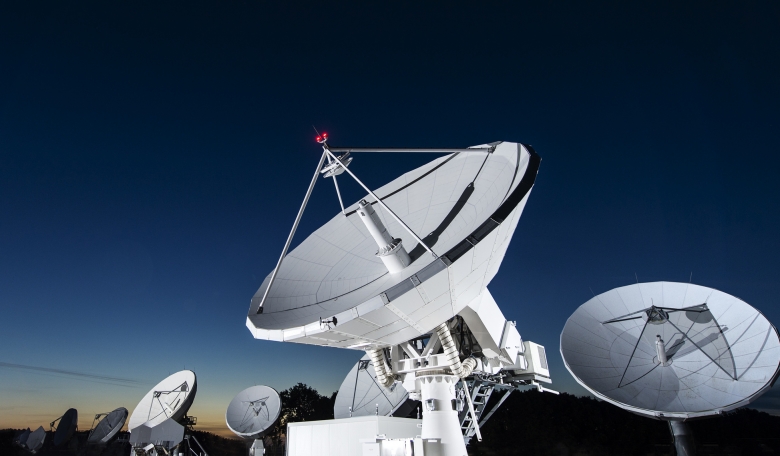Leading global strategy consulting and market intelligence firm, Euroconsult, has warned that future satellite capacity for global communication and television services could become more restricted by the end of the decade.
A new report entitled 'The Use of Extended C-Band, Planned C-Band and the 7025-7075 Mhz Band for Satellite Services' (available in full on the Euroconsult website) explores the current and future supply and use of uplink and downlink frequency bands for satellite services.
The independent study focused specifically on satellite communication and television services for member countries of the Arab Spectrum Management Group (ASMG), the African Telecommunication Union (ATU), the European Conference of Posts and Telecommunications (CEPT) and Russia.
It considers for each band the uplink and downlink frequencies, including the frequency bands 3400-3700 and 6425-6725 MHz ('extended C-band'), 4500-4800 and 6725-7025 MHz ('planned C-band') and 7025-7075 MHz.
Of the 54 satellites identified as having coverage over those geographies, 51 satellites have payloads in the extended C-band of which less than half (21) of the satellites currently include a downlink and uplink capability in extended C-band, while the other 28 satellites use extended C-band only for downlink.
For the remaining two satellites, the uplink frequency band was not possible to be identified. Only three satellites in the meantime currently make use of the planned C-band.
The study encompasses current utilization by frequency band, type of application and geographic region, including recent trends; user types with case examples; the breakdown of this supply and utilization between different combinations of downlink and uplink frequency bands.
Principal market and technical drivers for the adoption of these frequency bands by satellite operators and their customers are also addressed, alongside the likely future supply and utilization of this spectrum by communication satellites; and the likelihood and feasibility of a migration to other frequencies of the satellite services currently using those bands.
For the extended C-band (3400-3700 MHz) downlink, currently operating satellites occupy around 44% of the spectrum available to them. They in turn appear to lease around 48% of their 14GHz marketable capacity to support broadcast and telecom services. For the uplink portion of the extended C-band (6425-6725 MHz) uplink, spectrum occupation stands at around 55%, with a 53% use rate of the marketable capacity.
Euroconsult's Chief Executive Officer, Pacôme Révillon, says demand for extended C-band capacity at 3400-3700 MHz and for the associated extended C-band uplinks is on a declining trend which seems likely to continue.
"The vast majority of the capacity usage appears to be for telecom applications ahead of TV channel distribution" he explained. "Usage of the band appears on a declining trend, with a few hundred terminals using the extended C-band for various connectivity purposes, and the carriage of around 200 TV channels primarily for distribution to cable networks within Russia and terrestrial emitters in certain African countries.
“A limited number of sites, though, including certain gateways and TT&C locations, can be critical for certain users of the band, and require adequate protection at least until the related satellite systems reach the end of their operational life.”
Together with demand, the report anticipates a potential decrease in capacity supply, and in the number of satellite systems making use of the assessed frequency bands. It states that nearly three-quarters (70%) of the 54 satellites currently deploying extended or planned C-band downlinks are no longer expected to be operational by 2030.
While orbital capacity can in theory be replaced when satellites reach their end of life, in reality the limited usage dynamics and economic rationale for new capacity deployment is most likely to result in a gradual reduction in supply. A first example shall include seven satellites due to be retired in the next two years and for which no successors have been announced.
While various rules and techniques have been designed to allow satellites to share extended C-band, the report anticipates a gradual erosion in the use of the band to the benefit of higher frequency bands. That transition shall be gradual, and also depend on the availability of relevant alternatives for the current users of the assessed bands, with a valuable feature being the high reliability of the band through weather conditions.
The report is available now and a summary can be downloaded from Euroconsult's website - www.euroconsult-ec.com











